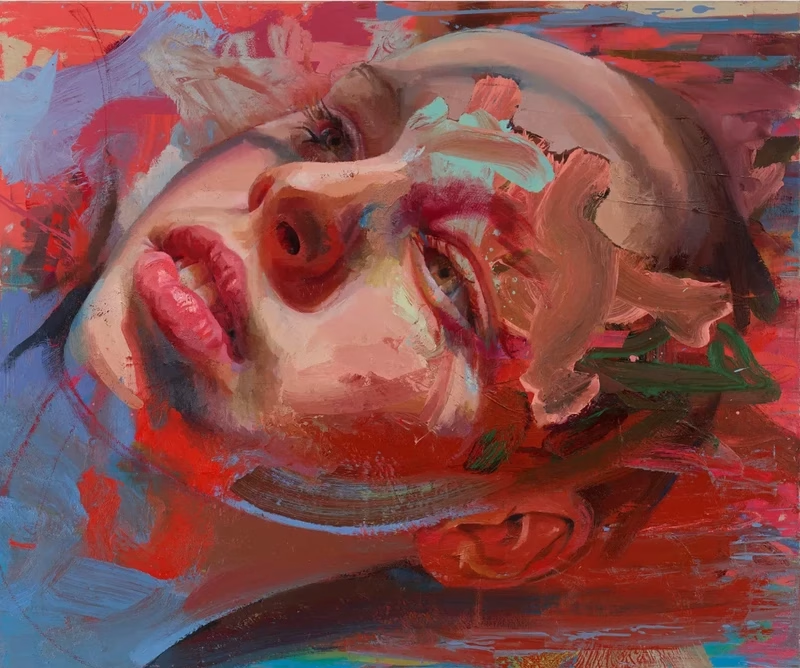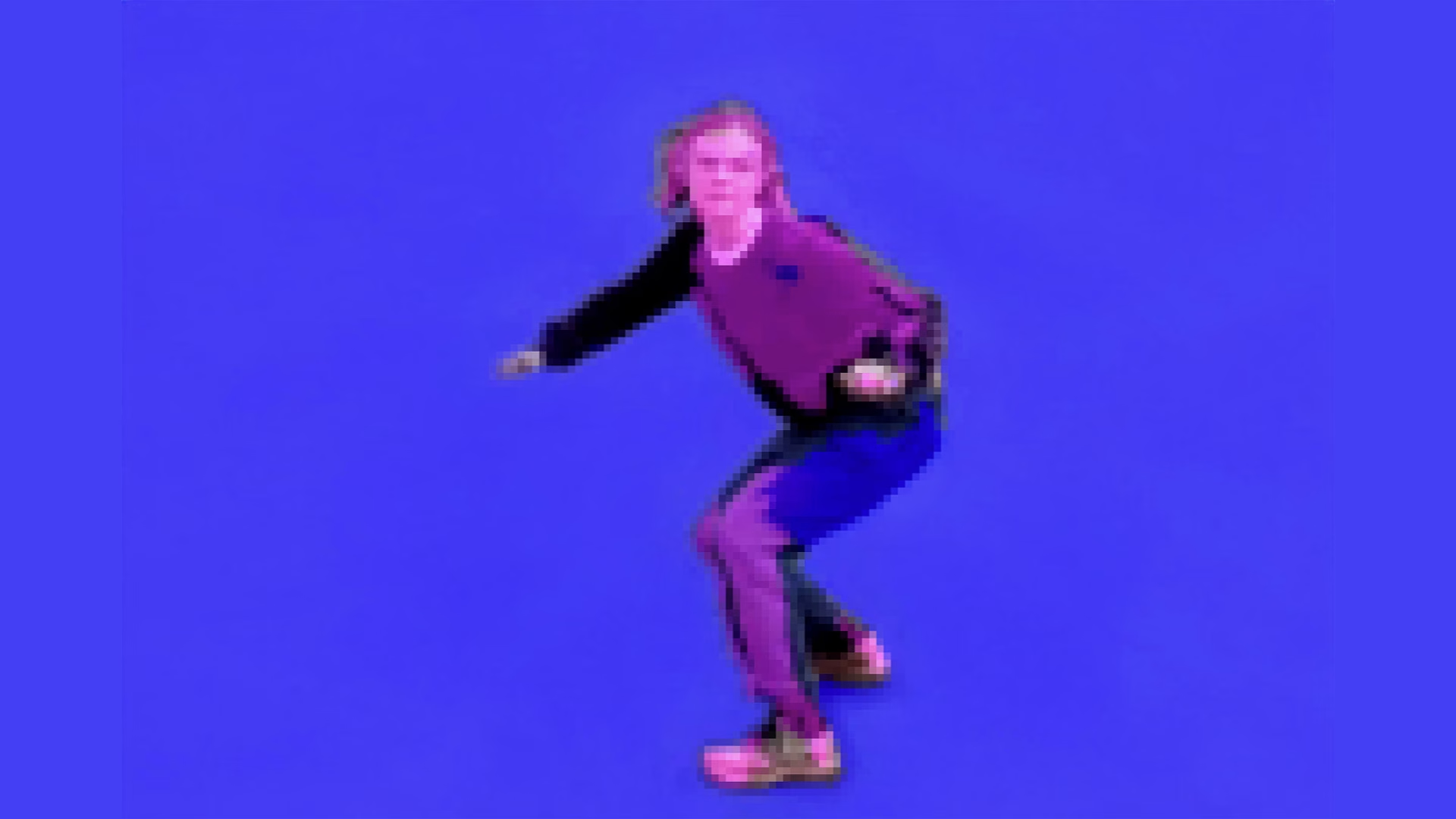Jenny Saville’s retrospective is a bold declaration of artistry, with vibrant posters and a striking title that shout paint in shades of red, pink, and bruised hues. However, to truly grasp her talent, one must delve into her remarkable drawings. In Neck Study II, a woman with closed eyes lifts her head, revealing the elegant contours and subtleties of her neck. Saville captures these anatomical details with precision, highlighting the delicate curves of her face and the underlying structure of her slender shoulders. It’s both beautiful and authentic.
Adjacent to this, Saville’s larger-than-life portraits portray individuals battered by life and her creative process, illuminated starkly as if under a flash. One striking image depicts a boy with a bloodied face, his twisted lip and dazed eyes, famously used on a Manic Street Preachers album cover that was deemed too disturbing for stores. Here, you’re confronted with the overwhelming reality of the full artwork.
Initially overwhelmed by these intense representations, I sought refuge in her softer drawings of motherhood, rendered in charcoal and pastel. Inspired by masters like Leonardo da Vinci and Michelangelo, these pieces capture tender moments between mothers and their babies, glimpsed through swirling clouds of exploratory sketches that suggest vibrant life. In Study for Pentimenti IV, a baby boy confidently lounges on his pregnant mother’s stomach, proclaiming his dominance in the sibling hierarchy.
The tenderness continues with intimate depictions of adults in bed—an embrace between a white woman and her Black lover, fingers exploring skin. In a particularly stunning piece, charcoal blends seamlessly with pink pastel, transforming the space into a romantic retreat—a modern echo of Degas.
Despite comparisons to Lucian Freud, Saville’s work stands distinct. While Freud’s legacy looms large, Saville’s unabashedly erotic explorations—like her dream-like renditions reminiscent of Degas—offer a fresh contrast.
Her skill in drawing and pastels anchors her artistic vision. For those who value technical prowess in figurative art, her diploma-worthy drawings are compelling. Yet, when she transitions to paint, she breaks all conventions, allowing her creativity to flourish wildly.
In her earlier massive canvases, Saville’s bold depictions of the female form defy conventional perspectives. These powerful images, filled with meaty figures that seem to pulsate with life, invite viewers into an intimate relationship with the subjects. The sheer scale of her work impacts how we perceive art, blurring the lines between observer and subject—making the naked figures feel vibrantly alive.
When Saville portrays violence, the effect can be haunting. In Witness, a vividly illuminated face showcases the aftermath of an assault—the woman’s mouth is torn, blood spurting from her injuries. Her expression, while harrowing, feels genuine and starkly real, distancing it from melodramatic exaggeration.
The unsettling images continue: a young woman stares back at you, her horizontal pose eerily reminiscent of a lifeless form. Surrounding her are similarly distressed figures—scarred girls and battered boys—who evoke a sense of guilt for simply looking. Yet, their larger-than-life presence makes them feel more real than the sanitized surroundings of the gallery.
In Rosetta II, Saville paints a hauntingly beautiful visage filled with sorrow. The character’s glazed blue eyes evoke the wisdom of a seer, suggesting that merely looking is not enough. One must perceive the deeper truths beneath the surface of flesh and bone to grasp the complex humanity of others—a revelation that arrives with a powerful jolt.
Exhibition Details: Jenny Saville’s The Anatomy of Painting is on display at the National Portrait Gallery in London, opening June 20.













